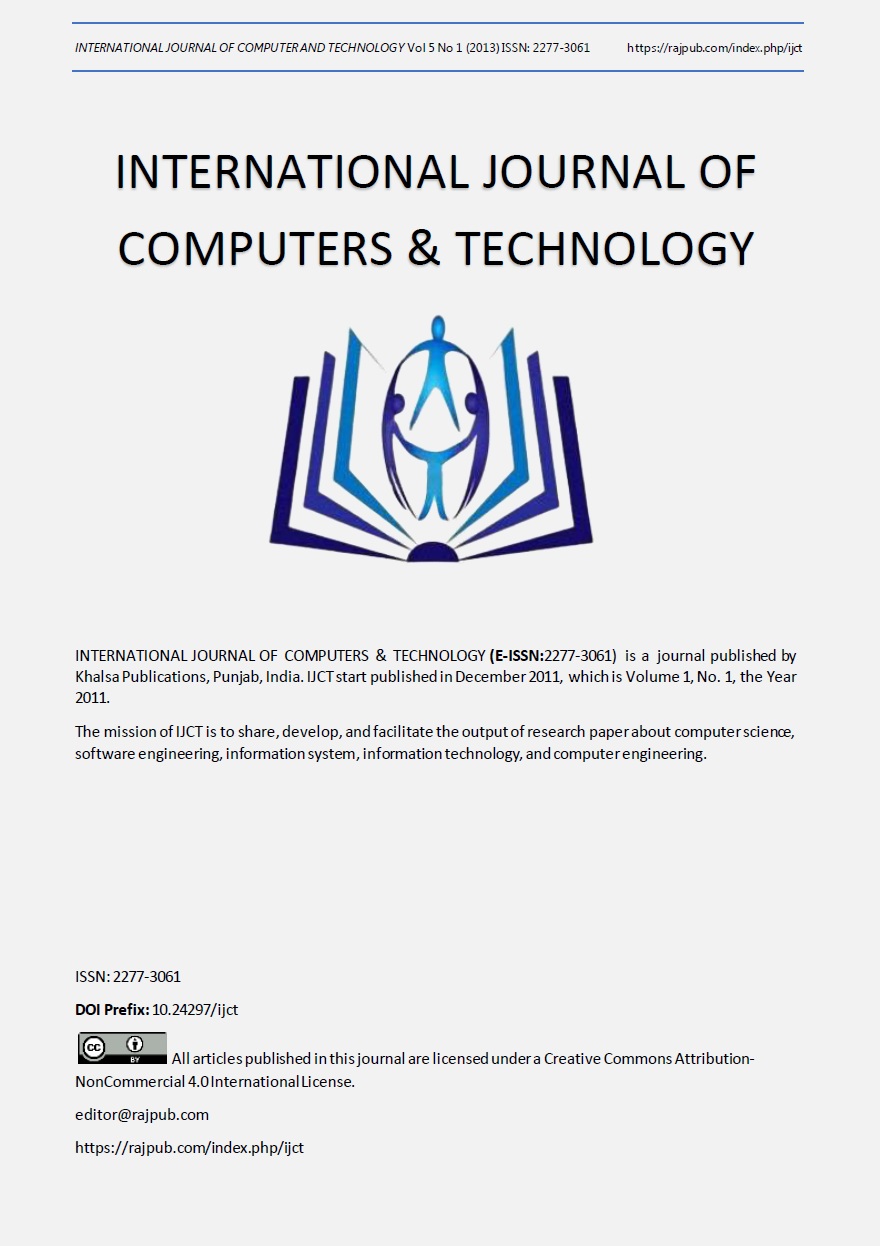VIABLE NETWORK INTRUSION DETECTION ON WIRELESS ADHOC NETWORKS
DOI:
https://doi.org/10.24297/ijct.v5i1.4383Keywords:
Security, Denial of Service (DoS), Wireless Ad Hoc Networks, Distributed Probing, Secure Routing Protocols, simulationAbstract
Control architecture for resource allocation in satellite networks is proposed, along with the specification of performance indexes and control strategies. The latter, besides being based on information on traffic statistics and network status, rely upon some knowledge of the fading conditions over the satellite network channels. The resource allocation problem consists of the assignment, by a master station, of a total available bandwidth among traffic earth stations in the presence of different traffic types. Traffic stations are assumed to measure continuously their signal fade level, but this information may either be used only locally or also communicated to the master station. According to the information made available on-line to the master station on the level of the fading attenuation of the traffic stations, the assignment can be made static, based on the a priori knowledge of long-term fading statistics, or dynamic, based on the updated measurements. In any case, the decisions can be adapted to slowly time-varying traffic characteristics. At each earth station, two basic traffic types are assumed to be present, namely guaranteed bandwidth, real-time, synchronous data (stream traffic), and best effort traffic (datagram traffic). Numerical results are provided for a specific architecture in the dynamic case, in a real environment, based on the Italian satellite national coverage payload characteristics.









